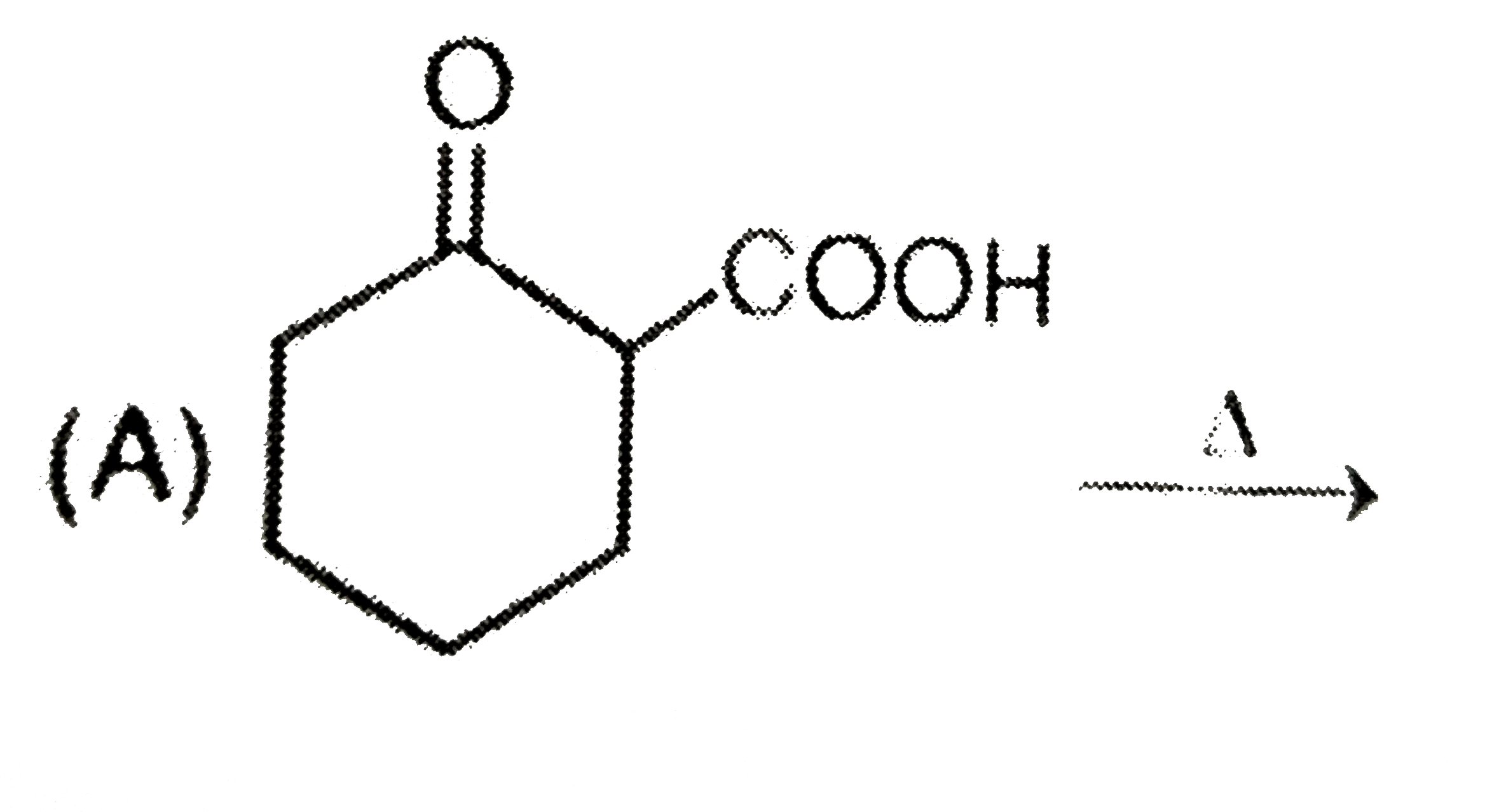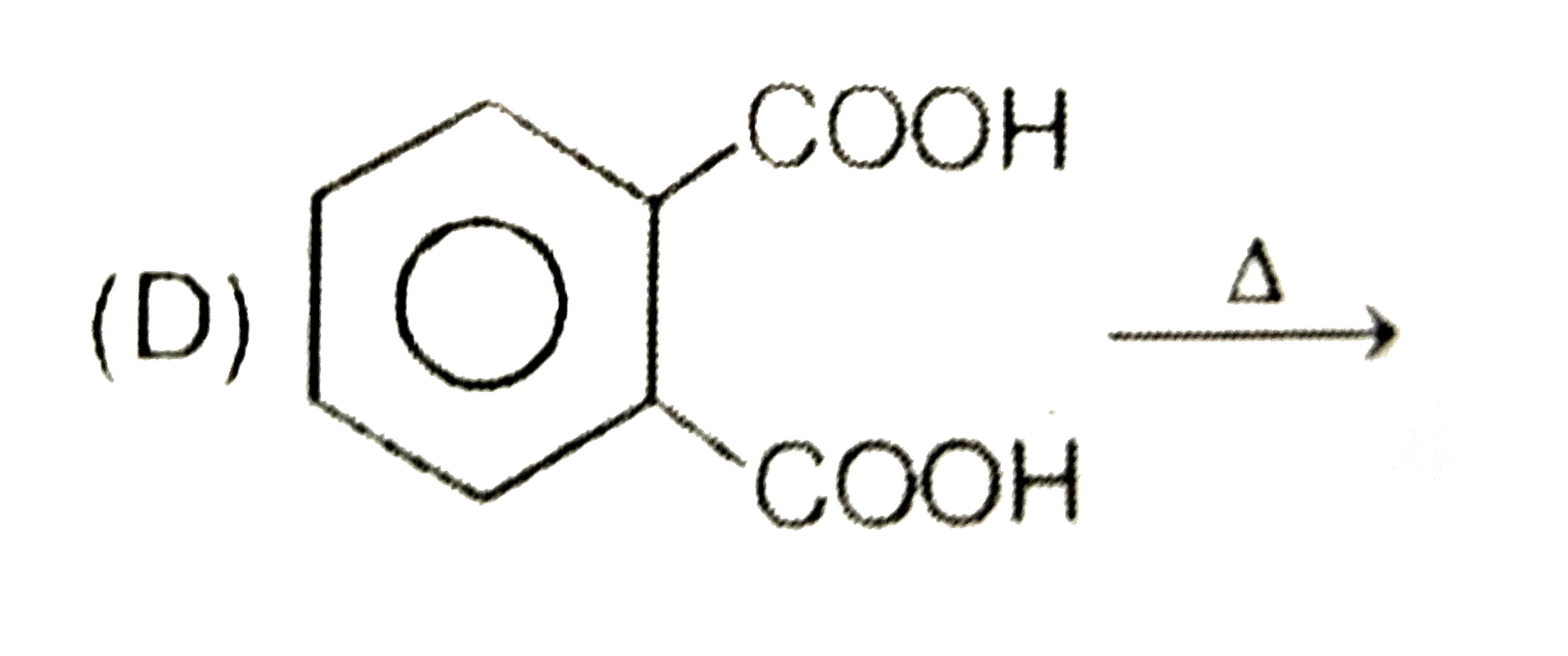A colourless gas is produced on heating strongly a piece of black clectrode used in dry cell. This gas turns lime water milky, of what material is the electrode made?
To determine the material of the black electrode used in a dry cell, we can follow these steps:
1. Identify the Colorless Gas:
- The problem states that a colorless gas is produced when a black electrode is heated strongly.
- We need to identify this gas based on its reaction with lime water.
2. Understand Lime Water:
- Lime water is a dilute solution of calcium hydroxide (Ca(OH)₂).
- When carbon dioxide (CO₂) is bubbled through lime water, it reacts to form calcium carbonate (CaCO₃), which is insoluble in water and causes the lime water to turn milky.
3. Reaction of the Gas with Lime Water:
- The colorless gas produced must be carbon dioxide (CO₂) since it is known to turn lime water milky.
- The reaction can be represented as:
Ca(OH)2+CO2→CaCO3(s)+H2O
- The formation of calcium carbonate indicates that the gas produced is indeed carbon dioxide.
4. Identify the Material of the Electrode:
- The black electrode in a dry cell is typically made of graphite.
- Graphite is an allotrope of carbon, which can release carbon dioxide when heated strongly.
5. Conclusion:
- Therefore, the black electrode used in the dry cell is made of graphite.
Final Answer:
The material of the black electrode is graphite.
- The problem states that a colorless gas is produced when a black electrode is heated strongly.
- We need to identify this gas based on its reaction with lime water.
- Lime water is a dilute solution of calcium hydroxide (Ca(OH)₂).
- When carbon dioxide (CO₂) is bubbled through lime water, it reacts to form calcium carbonate (CaCO₃), which is insoluble in water and causes the lime water to turn milky.
- The colorless gas produced must be carbon dioxide (CO₂) since it is known to turn lime water milky.
- The reaction can be represented as:
Ca(OH)2+CO2→CaCO3(s)+H2O
- The formation of calcium carbonate indicates that the gas produced is indeed carbon dioxide.
- The black electrode in a dry cell is typically made of graphite.
- Graphite is an allotrope of carbon, which can release carbon dioxide when heated strongly.
- Therefore, the black electrode used in the dry cell is made of graphite.
The material of the black electrode is graphite.
Topper's Solved these Questions
- CARBON AND ITS COMPOUNDS BOOK - S CHAND IIT JEE FOUNDATIONCHAPTER - CARBON AND ITS COMPOUNDS EXERCISE - QUESTION BANK 19 (MULTIPLE CHOICE QUESTIONS )
20 Videos
- CARBON AND ITS COMPOUNDS BOOK - S CHAND IIT JEE FOUNDATIONCHAPTER - CARBON AND ITS COMPOUNDS EXERCISE - SELF ASSESSMENT SHEET-19 (FILL IN THE BLANKS TO MAKE CORRECT STATEMENTS:)
10 Videos
- CARBON AND ITS COMPOUNDS BOOK - S CHAND IIT JEE FOUNDATIONCHAPTER - CARBON AND ITS COMPOUNDS EXERCISE - QUESTION BANK 19
3 Videos
- ATOMIC STRUCTUREBOOK - S CHAND IIT JEE FOUNDATIONCHAPTER - ATOMIC STRUCTUREEXERCISE - SELF ASSESSMENT SHEET -20
23 Videos
- COAL AND PETROLEUMBOOK - S CHAND IIT JEE FOUNDATIONCHAPTER - COAL AND PETROLEUMEXERCISE - Self Assessment Sheet-16
10 Videos
Similar Questions
Knowledge Check
The gas that turns lime water milky is
ACO2BSO2CBoth of theseDNone of theseMark the gas which turns lime water milky
AH2SBSO2CCl2DCO2Which of them liberate a gas which turns lime water milky .
A BCH3−CH−COOH | COOHΔ−−→CHOOC−(CH2)5−COOHCa(OH)2/Δ−−−−−−−−→D
BCH3−CH−COOH | COOHΔ−−→CHOOC−(CH2)5−COOHCa(OH)2/Δ−−−−−−−−→D
Which of the following substance on being heated will give a gas that does not turns lime water milky :-
View SolutionWhich of the following substance on being heated with give a gas that turns limewater milky?
View SolutionTwo reactants in a flask at room temperature are producing bubbles of a gas that turn limewater milky. The reactants could be
View SolutionA solution reacts with crushed egg-shells to give a gas that turns lime-water milky. The solution contains
View SolutionA compound 'x' reacts with a compound 'y' to produce a colourless and odourless gas. The gas turns lime water milky. When 'x' reacts with methanol in the presence of conc. H2SO4, a sweat smelling substance is produced. The molecular formula of the compound 'x' is
View Solution
